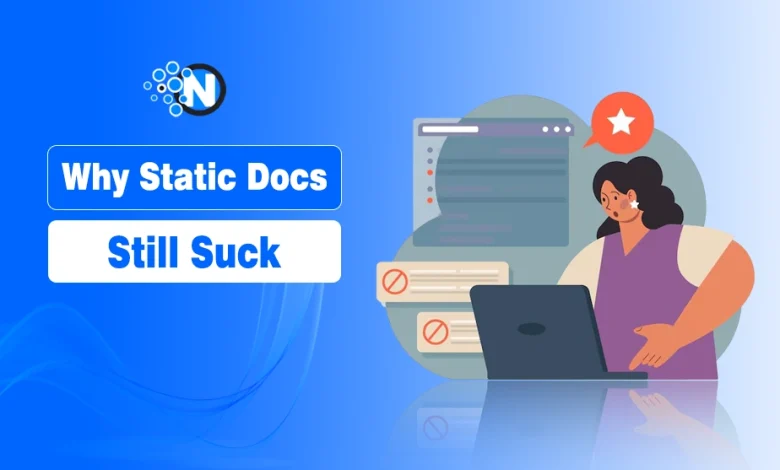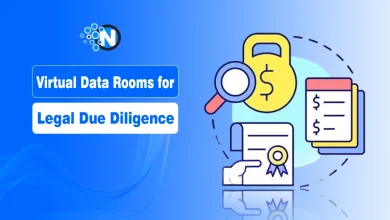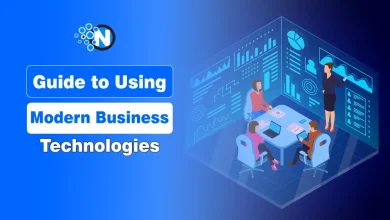Why Static Docs Still Suck (And What to Build Instead)

Static documents were never designed to move people through decisions. They exist to be filled, filed, and forgotten. And yet here we are, decades into the digital era, and still treating PDFs like they’re the gold standard for form completion.
Sure, there are fillable versions now. Great, you can type into them. But once you hit save? That’s it. No insights, no interactivity, no feedback loop. It’s like handing someone a map and refusing to show them where they are.
What makes this more frustrating is that many businesses still rely on static documents for mission-critical tasks, applications, onboarding, contracts, and assessments. These files don’t adapt, don’t guide, and they certainly don’t convert.
In this blog post, I am going to explain why static docs suck and what you should be creating for your business communication.
Let’s start!
The Illusion of Progress: Fillable PDFs Aren’t Enough
It’s tempting to see fillable PDFs as “modern.” After all, they let you type directly into the document. But that’s a surface upgrade. They don’t track behavior. They don’t personalize the experience and don’t show you where someone dropped off or which question made them bounce. You can’t run A/B tests on a PDF.
Interactive tools like quizzes and calculators, on the other hand, guide users in real time, adapting to their inputs and nudging them forward. This isn’t theoretical. Interactive content outperforms static formats, driving deeper engagement and conversion. In fact, Forbes reports interactive formats generate 52.6% higher engagement than static ones.

The Funnel That Isn’t
In marketing, every interaction should move a user forward. But a fillable PDF just collects data—it doesn’t build a relationship. That’s why interactive content consistently wins. It draws attention, keeps users engaged, and opens doors to action. PDFs? They just sit there. Same format for everyone. No insight. No feedback. Just a dead end.
Zero Feedback, Zero Insight
That’s the killer flaw: no feedback. You can’t tell which sections confused users or what made them quit. With no behavioral data, you’re flying blind. And in 2025, flying blind isn’t just risky—it’s willful negligence.
Treat Every Document Like a Decision Engine
Instead of viewing documents as static files, imagine them as interactive workflows. If someone starts filling out an application, the questions should evolve based on their responses. Reading a whitepaper? Add a short quiz at the end. Let the content learn as it goes.
From Forms to Funnels
That’s where tools like lead conversion software come in. A battle-tested lead generation platform that adapts content on the fly based on how users respond will help you not just capturing inputs—but creating momentum.
Interactive content converts at higher rates than static formats. You also get behavioral insights midstream. It’s more than data collection—it’s guided engagement. You qualify leads, tailor offers, and move people forward.
Behavior-Driven Journeys
Let’s say a user starts an assessment. Midway through, their responses suggest they’re a better fit for Product B, not A. A smart form pivots instantly. It adapts, like a good salesperson would, and the same logic applies to copy—tools like a localization workflow built for product managers make text shift context the moment user intent changes. This isn’t anecdotal—interactive content is revolutionizing B2B by making experiences personalized and fluid.
As users engage, you can score them based on behavior. This can allow your team to prioritize high-value leads. Lead scoring isn’t just practical—it’s necessary in a world where attention is fleeting.
Static Docs vs. Interactive Content: A Side-by-Side
Let’s call it like it is: PDFs can’t compete with interactive content.
Here’s why:
| Features | PDFs | Interactive |
|---|---|---|
| Personalization | Same for all | adapts in real time |
| Insights | zero visibility | tracks everything |
| Conversions | passive collection | active progression |
The takeaway? PDFs collect answers, and interactive tools collect action. Studies show they double conversion rates, and conversion rates are higher when users get personalized feedback in real time.
Where Xodo Comes In: Start by Unlocking the Content
Before you can build something interactive, you have to free the content from the static shell. Xodo’s online PDF to word converter is where it starts. Once editable, that document can be reshaped into an experience.
Want to turn it into a digital catalog? Done. Want to restructure it as a dynamic quiz or decision tree? You can. The converter is just the first move. The transformation begins the moment you treat your document as more than a file.
This might seem like a small step, but it opens the door to a bigger strategy. A locked file is a dead asset. But once it’s editable? It becomes a living interface.
Reimagine the Endgame: From Download to Dialogue
The goal isn’t to deliver a document, it’s to start a conversation. Whether it’s a tax form or an onboarding guide, it should adapt, respond, and guide users forward.
Personalization drives engagement, reducing drop-off and building trust. This is the foundation of demand generation, where each touchpoint builds toward something bigger. When done right, it doesn’t just educate—it energizes.
I don’t want to hand someone a form. I want to hand them a pathway. A trigger for dialogue. A personalized, evolving journey. Interactive marketing makes this possible, giving users a voice and role in the experience. And we’re not done. AI is already reshaping engagement, helping brands deliver smarter, real-time conversations that feel tailored and human.




